
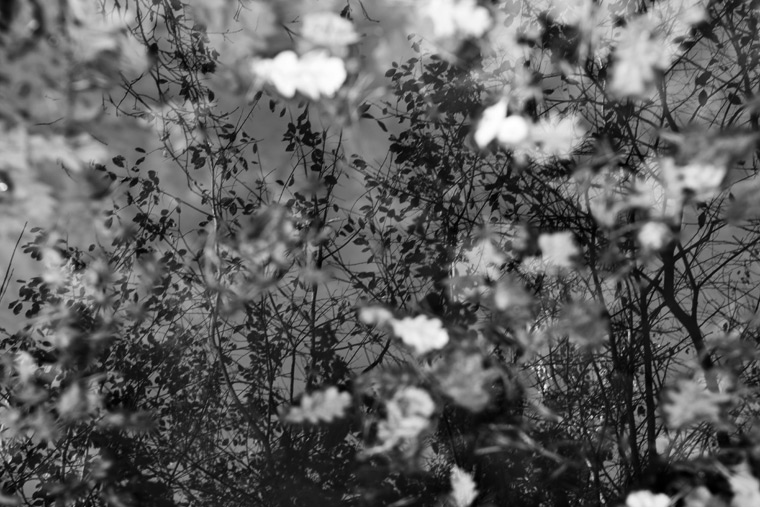
Untitled (from Fragments of Solitude), 2013-14

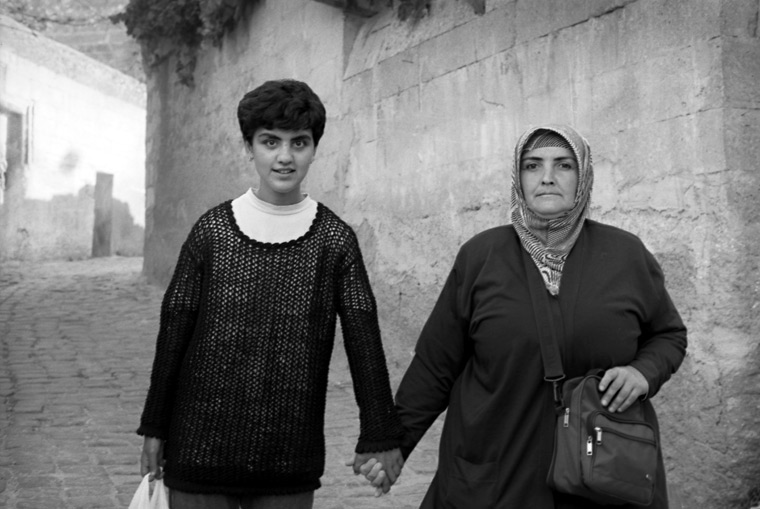
Mother & Daughter, Cappadocia, 2005

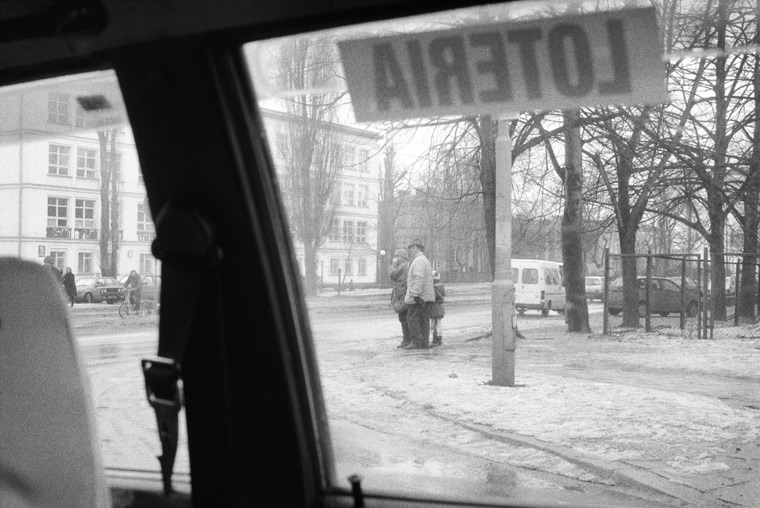
Loteria, Warszawa, 1997

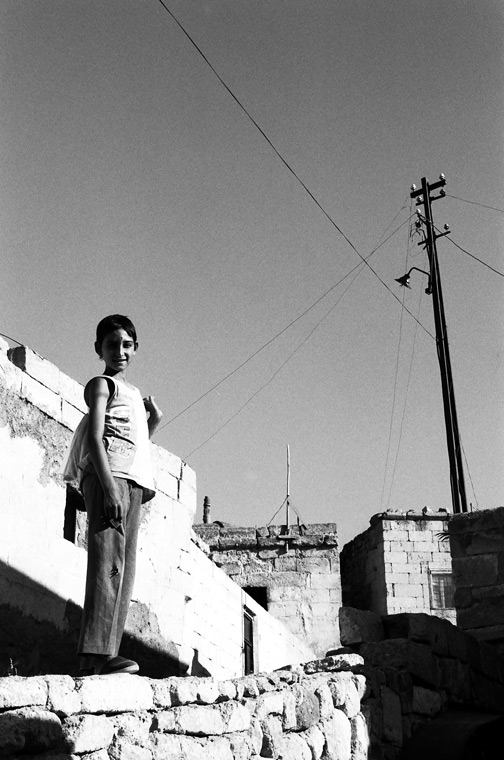
Untitled, Cappadocia, 2005

.jpg)
Untitled (Christina wonders), 1995
Recently I took part in a fun tag experience on Facebook – The Black & White Challenge. It worked like this: someone (person/photographer/artist/friend/etc) nominates someone else (person/photographer/artist/friend/etc) to post one black and white photographic image (their own) a day for five days, and each day nominate another person/photographer/artist/friend/etc to do the same. And so on and so forth.
All of a sudden it seemed everyone was posting black & white photographs. I must admit this is was the first time I genuinely enjoyed being part of a chain event. And! I actually did it from start to finish! Ok, so it took me longer than five days – the legendary ‘Monika time’ effect evidently at play. Anyhow.
I was nominated by the extraordinary photographer, Sylvia de Swaan, who’s work I greatly admire (please check out her work by clicking the link on her name). I’m truly grateful for the opportunity Ms. de Swaan sent my way. For one thing it made me revisit work from long time ago and embrace it again. I used to predominantly photograph in black & white using film – yes, those golden years of photography. Remember when Paul Simon changed a line in the lyrics to “Kodachrome” from ‘worse’ to ‘better’, as in: “…everything looks better in black & white?” The crowd went wild hearing the sentiment in that famous concert in the park!
Something I always enjoyed about the b&w process was looking at contact sheets. Often that’s where the back story of an image existed. Or related stories. It was a great tool for understanding why a particular image was chosen over the other possibilities. Sometimes an intriguing rhythm was manifest from frame to frame, even if the next image captured happened at a different time/place. The contact sheet revealed a way of seeing, a sensibility perhaps, sometimes great joy and other times it pointed to what was missing. The contact sheet itself was a photograph and a physical object to be handled, looked at intensely often using the magnifying loop. We had special wax pencils, in white or red, with which we’d circle the frame to be printed. The darkroom days.
Here are the five images I posted for the black & white challenge. In the order they were posted. As photographs in time and place they are mixed. First one is the most recent of the group and digital – thus originally in color but transformed into black & white. I do believe as a b&w image it is much stronger than it would be in color. The color would limit it’s potential, making it very concise to a particular time of year if you will. But taking away the colors allows it to become a metaphor.
Though I chose the order of images quite randomly, I’m struck by the way they connect. Somehow one informs the other. There are visual motifs that sort of blend into one another. The way the photographs are lined up here, from top to bottom, can suggest one kind of reading, which might differ significantly have they been arranged in a row horizontally. Visually speaking the pattern of light, leaves and reflection in the first image is echoed in the crocheted top worn by the young girl in the next photo. The clasped hands of the mother and daughter point to the family huddled together on the snowy street waiting to cross the street. The car’s window divider (what ever that is called) connects with the the power line in the following portrait of a young boy I met in Cappadocia and within that same image the power lines then point the eye to the boy, who then transforms into the other boy in Texas.
What that all means if anything I don’t know. I’m just sharing a quick post here on a Saturday afternoon before heading over to the Museum of Moving Image to watch a Polish film. But I do believe this kind of analysis of one’s own work is needed and is a good tool to ascertain the artistic progression of one’s practice. Of equal importance is getting feedback from one’s peers. Art is a conversation.
Hope to continue this at another time. Comments are warmly welcomed should anyone feel compelled to do so.
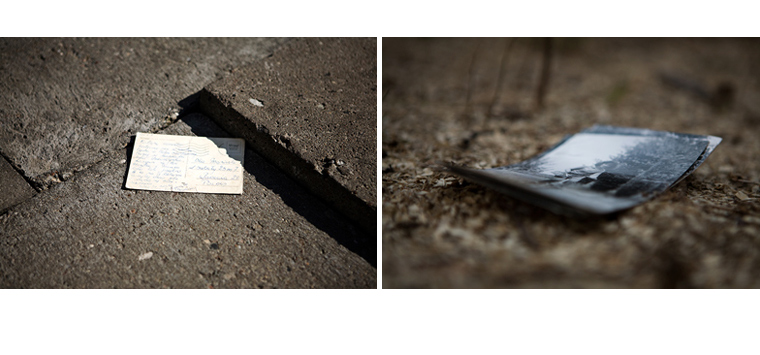
Louis Brawley - Hi Monika
A fellow you may know called Armando mentioned you this evening while we were having coffee and I remembered you from Hunter. The work is very sublime.. quiet and full of the poetry of light. nice to see you are still at it!
Best
Louis